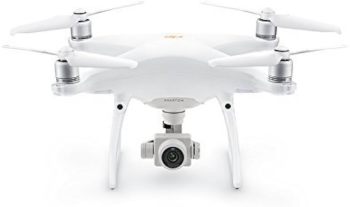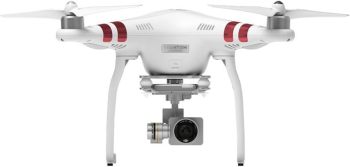- Excellent camera quality
- Advanced obstacle sensing
- Long flight time
- Affordable price
- High-quality camera
- User-friendly features
- High price point
- Requires registration in some regions
- Limited flight range
- No obstacle sensing
DJI Phantom 4 Pro V2.0 vs DJI Phantom 3 SE
The world of phantom drones has seen significant advancements in recent years, with DJI being at the forefront of innovation. Two popular models that have garnered attention from drone enthusiasts are the DJI Phantom 4 Pro V2.0 and the DJI Phantom 3 SE. While both drones share some similarities, they also have distinct differences that set them apart. In this comparison, we'll delve into the features, performance, and value of each model to help you decide which one is best suited for your needs.
Design and Build
The DJI Phantom 4 Pro V2.0 boasts a sleek and sturdy design, with a magnesium alloy body that provides excellent durability and resistance to corrosion. The drone's dimensions are 350mm x 350mm x 240mm, making it compact enough to be easily transported. On the other hand, the DJI Phantom 3 SE has a slightly larger body, measuring 350mm x 350mm x 260mm, but still maintains a lightweight and portable design.
Camera and Imaging
One of the most significant differences between the two drones is their camera capabilities. The DJI Phantom 4 Pro V2.0 features a 1-inch CMOS sensor, capable of capturing stunning 20-megapixel photos and 4K video at 60fps. The camera also has a mechanical shutter, which reduces rolling shutter distortion and provides better low-light performance. In contrast, the DJI Phantom 3 SE has a smaller 1/2.3-inch CMOS sensor, which can capture 12-megapixel photos and 4K video at 30fps.
Flight Performance
Both phantom drones are equipped with advanced flight systems, but the DJI Phantom 4 Pro V2.0 takes the lead in terms of speed and agility. With a top speed of 45mph (72kph) and a maximum ascent speed of 6m/s, this drone is ideal for capturing fast-paced footage or navigating through tight spaces. The DJI Phantom 3 SE, on the other hand, has a top speed of 36mph (58kph) and a maximum ascent speed of 5m/s.
Battery Life and Range
The DJI Phantom 4 Pro V2.0 has a longer battery life, with up to 30 minutes of flight time per charge, compared to the DJI Phantom 3 SE's 25 minutes. The Phantom 4 Pro V2.0 also has a more extensive range, with a maximum transmission distance of 7 kilometers (4.3 miles), while the Phantom 3 SE has a range of up to 5 kilometers (3.1 miles).
Obstacle Avoidance and Safety Features
The DJI Phantom 4 Pro V2.0 features advanced obstacle avoidance systems, including five-directional sensing and four-directional obstacle avoidance. This ensures that the drone can detect and avoid obstacles in its path, reducing the risk of accidents. The DJI Phantom 3 SE, while still equipped with obstacle avoidance systems, has a more limited range of sensors, which may not provide the same level of protection.
Price and Value
The DJI Phantom 4 Pro V2.0 is priced at around $1,499, while the DJI Phantom 3 SE is available for approximately $999. While the Phantom 3 SE is certainly more affordable, the Phantom 4 Pro V2.0 offers significantly improved camera capabilities, flight performance, and safety features, making it a better value for professionals and serious hobbyists.
In conclusion, when it comes to phantom drones, the DJI Phantom 4 Pro V2.0 stands out as a top-of-the-line model that offers exceptional camera quality, flight performance, and safety features. While the DJI Phantom 3 SE is still a capable drone, its limitations in terms of camera capabilities and obstacle avoidance systems make it less desirable for those seeking high-end performance. Ultimately, the choice between these two drones will depend on your specific needs and budget, but for those who demand the best, the DJI Phantom 4 Pro V2.0 is the clear winner.































